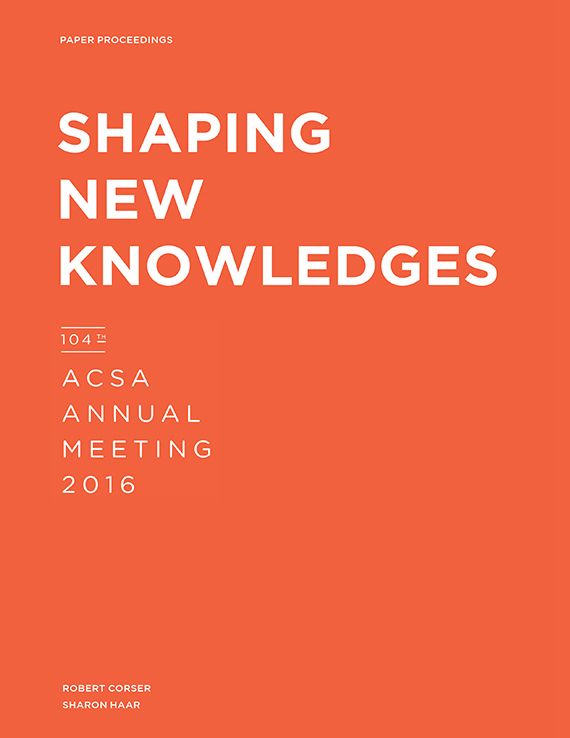Author(s): Michelle Laboy
The past, the present and the future of Boston are tied to water. Pushing into the harbor,covering tidal flats and filling vast areas of new land defined many of the city’s boundariesfor more than two centuries.1 Many of Boston’s public spaces are organized in great part byFrederick Law Olmstead’s principles of city planning, that transformed salt marsh landscapesof the Fens into an infrastructure to regulate tidal flows, control floods and associated stormand sewer overflows.2 Today, large-scale restoration projects in the Muddy River attempt toreactivate the capacity for flooding control and water quality of Olmsted’s landscape systemsby daylighting the river, removing invasive species and removing obstructions created bypipes. On the other hand, the underground construction of buildings and infrastructure, coupledwith the increase in impervious cover, has reduced the ground water levels in historicdistricts now threatened by rotting wooden pile foundations that were left exposed to dry.And at the same time, the future of the city is increasingly shaped by the threats of sea levelrise on low lying areas and the harbor, but also by the projections of increased frequency ofextreme rain events that can cause inland and riverine flooding. From the Living with Waterdesign competition, to the city’s plans on climate resilience and adaptation, every aspect offuture city planning involves a conversation about water.
Volume Editors
Robert Corser & Sharon Haar
ISBN
978-1-944214-03-6

 Study Architecture
Study Architecture  ProPEL
ProPEL 
